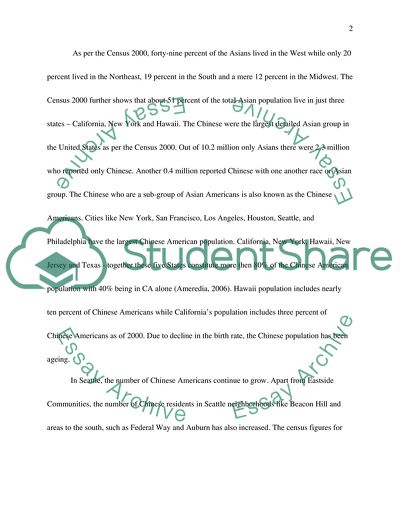Cite this document
(Asian Americans in The United States' Economy Term Paper, n.d.)
Asian Americans in The United States' Economy Term Paper. https://studentshare.org/social-science/1704091-asian-americans-in-the-united-states-economy
Asian Americans in The United States' Economy Term Paper. https://studentshare.org/social-science/1704091-asian-americans-in-the-united-states-economy
(Asian Americans in The United States' Economy Term Paper)
Asian Americans in The United States' Economy Term Paper. https://studentshare.org/social-science/1704091-asian-americans-in-the-united-states-economy.
Asian Americans in The United States' Economy Term Paper. https://studentshare.org/social-science/1704091-asian-americans-in-the-united-states-economy.
“Asian Americans in The United States' Economy Term Paper”. https://studentshare.org/social-science/1704091-asian-americans-in-the-united-states-economy.


